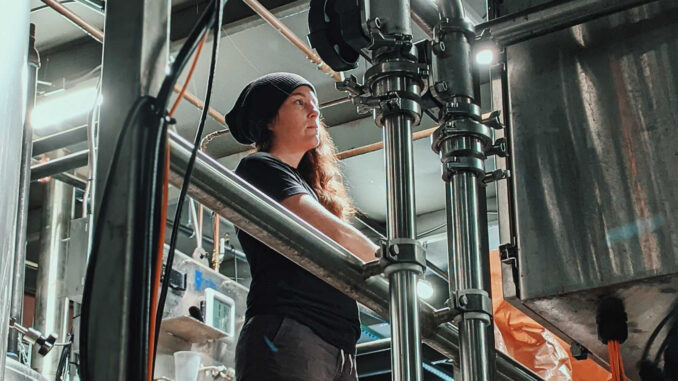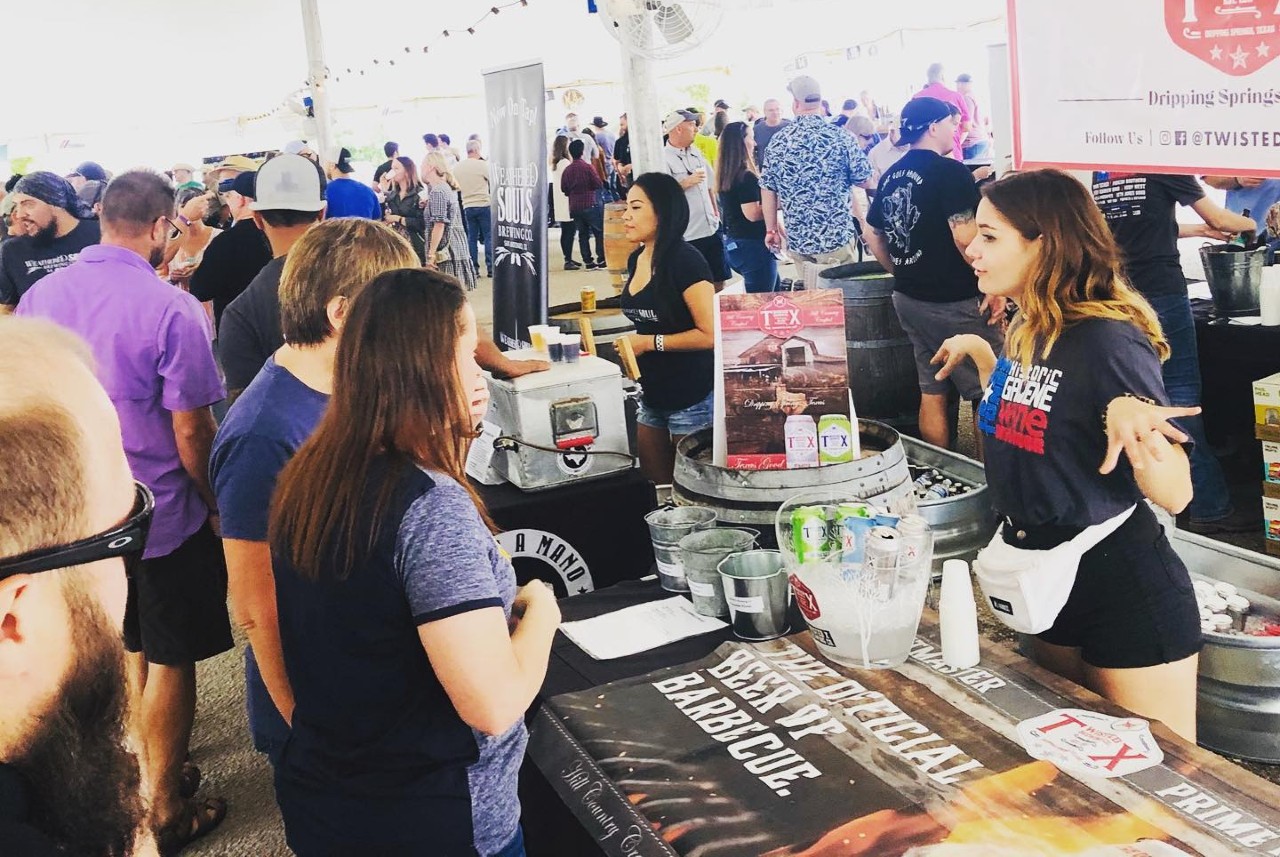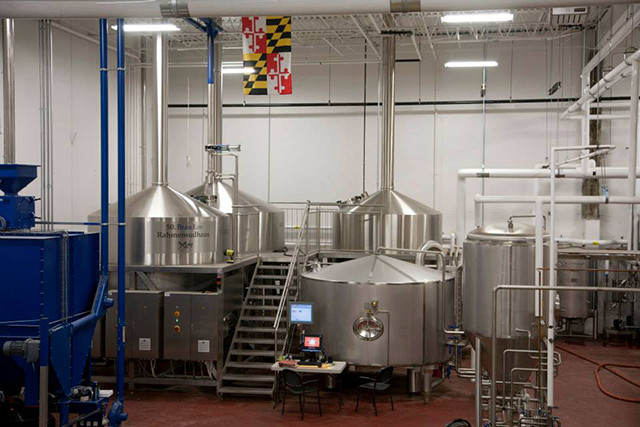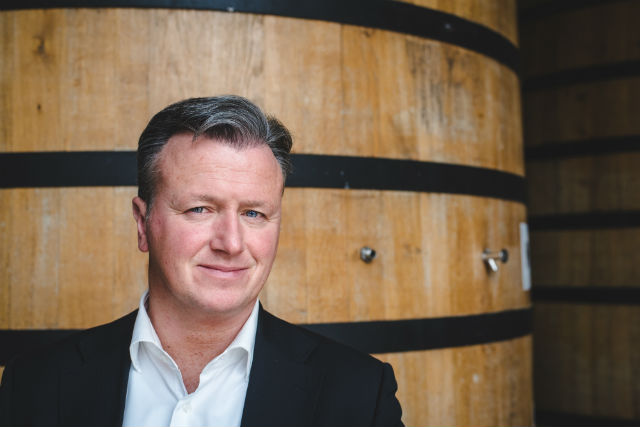
A successful batch of beer begins long before the first pint is poured, since it starts with the health of the yeast and a clear plan for fermentation. Yeast is the engine that drives a beer’s transformation, and how it performs in the opening hours of fermentation often determines the quality of the final product. A strong, healthy start reduces the risk of sluggish fermentation, off-flavors, or incomplete attenuation, while careful scheduling ensures each yeast strain delivers its best expression. For many brewers, building an intentional fermentation plan involves aligning yeast vitality, wort preparation, and temperature control with the specific needs of each style, thereby setting the stage for consistency, efficiency, and precise flavor.
Many shared with Brewer Mag that a strong fermentation start depends on preparing the yeast and wort environment. Common practices include proper aeration or oxygenation of the wort, pitching at appropriate cell counts based on gravity and style, and confirming yeast vitality and viability in the lab before use. Nutrient additions at the end of the boil or in the wort provide FAN, minerals, and zinc to support yeast metabolism. Brewers also control temperature tightly at pitch to give yeast an optimal environment and, in some cases, use oxygen flow meters or CO₂ production tests within hours to confirm activity.
“For oxygenation, we dose fresh yeast pitches at knockout, while most of our dry pitches go right into wort that’s within the supplier’s recommended specs — no extra steps required,” said Sunken Silo Brew Works owner Jeff Donlon.
Readington Brewery & Hop Farm’s Brewmaster & Chief of Operations, J. Warren Wilson III, said he always looks for a strong start to fermentation the day after pitch.
“I believe if the beer shows strong fermentation initiation, the path to a successful batch becomes imminent,” he said.
Once a strong foundation is set, brewers turn to building fermentation schedules that align with style and yeast strain.
“Each yeast strain has its own unique behavioral traits. It’s up to the brewer to understand these and be able to work with or even manipulate them to get their desired results,” said Pedal Haus Brewery’s head brewer, Derek Hanson. “Pitch count, fermentation temperature, adding yeast nutrients at the end of the boil and proper aeration of the wort are really important to having a strong and healthy fermentation.”
The different yeast strains that the Arizona-based brewery uses have to be carefully monitored to understand their particular behavior.
“Out of this behavior, we build a schedule that works for us in the brewery,” Hanson said. “We manage five different yeast strains, and each one is slightly different. Our schedule for each strain starts with understanding the characteristics of the yeast. Start by knowing what you are ordering. Using the information provided by the yeast bank that you ordered from is a great resource.”
Fermentation schedules must be tailored to yeast strain, beer style, and desired flavor outcomes.
“We adapt our yeast pitch rates based on the beer style and the specific yeast strain we are using,” said Erin Jordan, Head Brewer for Resident Culture. “We also carefully monitor both knockout and fermentation tank temperatures to provide the yeast with an optimal environment. All of these steps give us confidence that we will see strong fermentation results.”
Ale strains are typically started cool and allowed to warm through fermentation to balance attenuation and ester production, while lagers follow a cooler, extended schedule with controlled rests for clean flavor development and natural carbonation.
“For our Ale strains, we typically knock out at the lower end of the yeast’s recommended temperature range,” Donlon said. “As fermentation ramps up and reaches high krausen, we gradually raise the temperature to encourage strong yeast activity and healthy attenuation. For styles like NEIPAs, that temperature increase happens earlier to promote ester development — though we keep a close eye to avoid unwanted phenolic off-flavors.”
Each yeast strain behaves slightly differently, Jordan added.
“Lagers take longer to ferment than ale strains, while Kveik strains ferment very rapidly, and so on,” she said.
Before trialing a new strain, Jordan advises consulting with yeast suppliers and industry colleagues.
“We also conduct small-scale R&D to gather additional data, alongside daily tank readings for gravity and pH, to track fermentation curves and identify signs of completion,” she said. “Finally, we limit the amount of generations a particular strain is used in order to reduce the risk of cell mutations, sluggish fermentation, or the development of off-flavors.”
Building schedules by drawing on yeast supplier data, historical batch results, and real-time tracking of gravity and pH is vital. Monitoring yeast-specific behavior — such as ester suppression, diacetyl cleanup, or attenuation curves — can help fine-tune timing for both your primary fermentation and conditioning phases, which in turn helps make a better product.







Be the first to comment